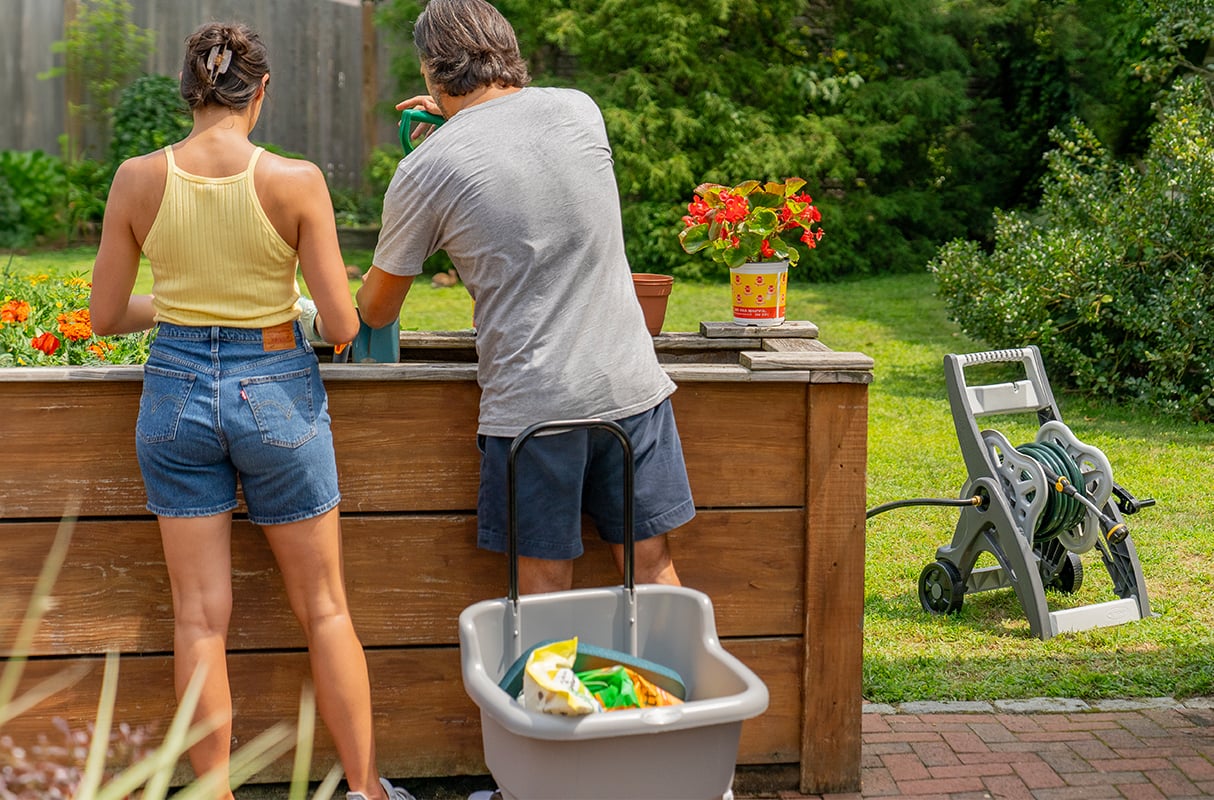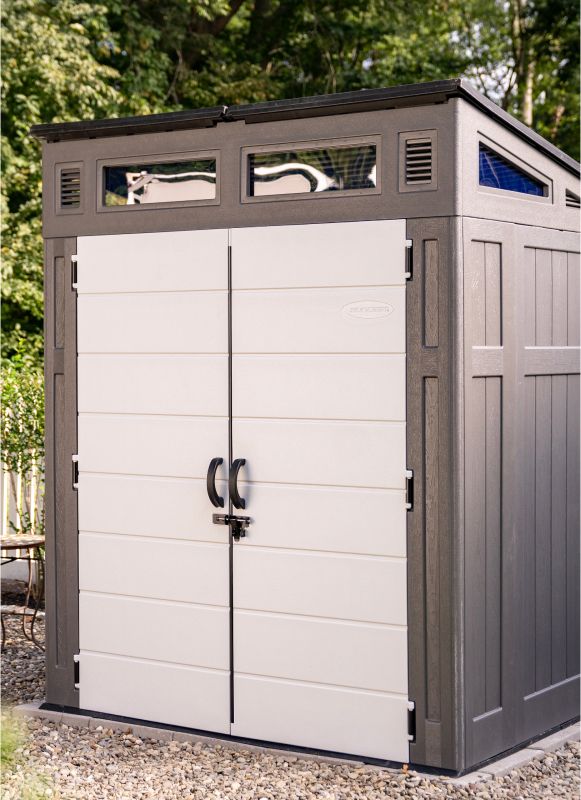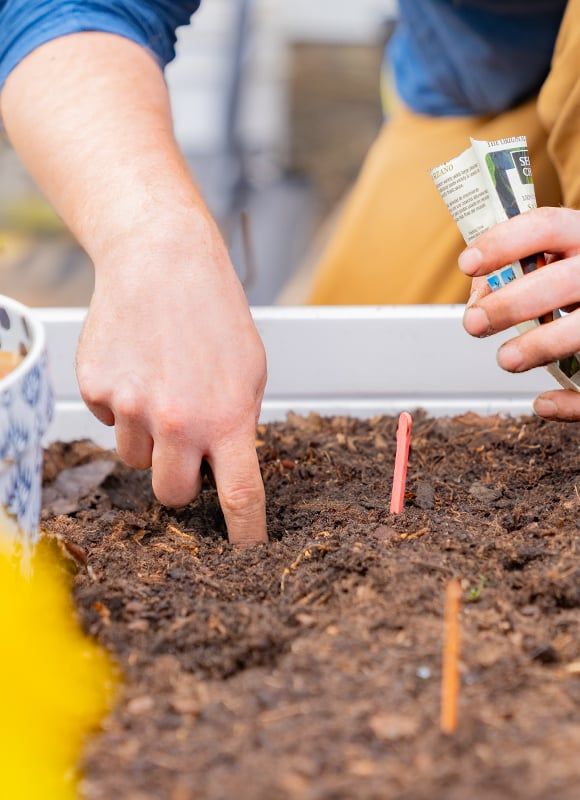Regional Gardening—Your Guide to a Southeastern Fall Garden


The Southeastern United States has a long growing season, with warmer weather that enables you to grow plants much later into the year. Making the most of this extra time requires a little preparation and know-how, but the rewards can be phenomenal! Read our top tips, and you’ll be able to enjoy home-grown veggies all fall long.
What to Plant
Hardier plants often do well in fall, and leafy greens are always a good bet. Kale, chard, and spinach make great side dishes or the base for delicious salads. We also recommend planting some subterranean veggies that won’t be bothered by an early frost. Consider onions, parsnips, shallots, and turnips alongside above-ground fall plants such as squash. If you are struggling for inspiration, just picture a delicious fall meal or Thanksgiving dinner and plant some of the veggies you’d see there. Yummy! Some vegetables actually thrive on a brief frost, like Brussels sprouts, radishes, and cabbage—so if you’re concerned about the temperature, this is a great place to start!


Find Your First Frost
To make the most of the fall growing season, you’ll want to find out your average first frost date (Almanac provides this information based on your local ZIP code). Next, determine your plant’s average number of days to harvest (seed packets will usually include this information). Finally, count backwards from your first frost date (or a week or so after for plants that like a brief frost) to calculate the ideal time to plant. It’s worth checking that date’s average temperature, as this will help you avoid planting when it’s still too hot. You can start some plants indoors, in a cooler environment—just make sure to keep an eye on your calendar so you can get the plants outside as soon as it’s safe to do so.
Prep the Soil
Soil preparation is a great way to give your plants a head start! If you are working in the same gardening space as you did in spring, first remove any dead plant matter and pull up any pesky weeds that sprang up over the summer. Many fall vegetables require a lot of “food” to grow to their full size, so adding some compost around the area you will be planting is also a good idea. Remember to take care spreading compost around your existing living plants, as you don’t want to smother them.


Keeping it Cool
A recently transplanted plant often needs a little extra shade in the fall. Your first option is straightforward—simply construct a shade using cloth or tarpaulin to protect the plant. Just be sure to remove it after the first couple of days; if left too long, the shade could end up starving the plant of much-needed sunlight. Another option is companion planting. Companion planting is a method of pairing plants together to support each other's growth. In this instance, pair the plant that needs shade with a taller plant that has leaves big enough to provide ample cover from the sun. To learn more about companion planting, check out our article on how to garden in smaller spaces.
Wholesome Harvest!
Once your estimated harvest date has arrived, you can start to reap the rewards of your hard work! It helps to keep your garden tools close by, so make sure your shed is prepped or that you have a smaller tool container, like an Outdoor Oasis, fully stocked for the big day. From there, you’ll have (almost) everything you need to create hearty fall soups, healthy salads, and warming roasts!


Get Ready for Winter
After the harvest bounty has been enjoyed, it’s time to prep your yard for winter. If the weather typically gets cold or wet, put your outdoor gear away for the season or invest in weather-resistant resin storage. A shed with a sliding door will help make seasonal cleanup a cinch.
If you are planning to grow garlic or other plants that hibernate over winter, be sure to give them enough time before the first frost to establish their roots—and make sure they have plenty of dedicated space. Consider adding a spike or indicator nearby, so you don’t accidentally damage them before they have time to grow!











